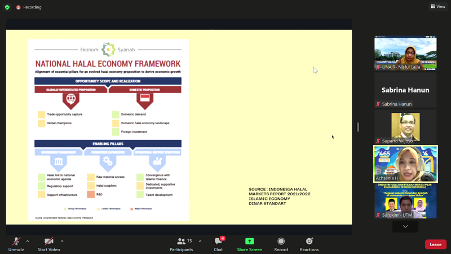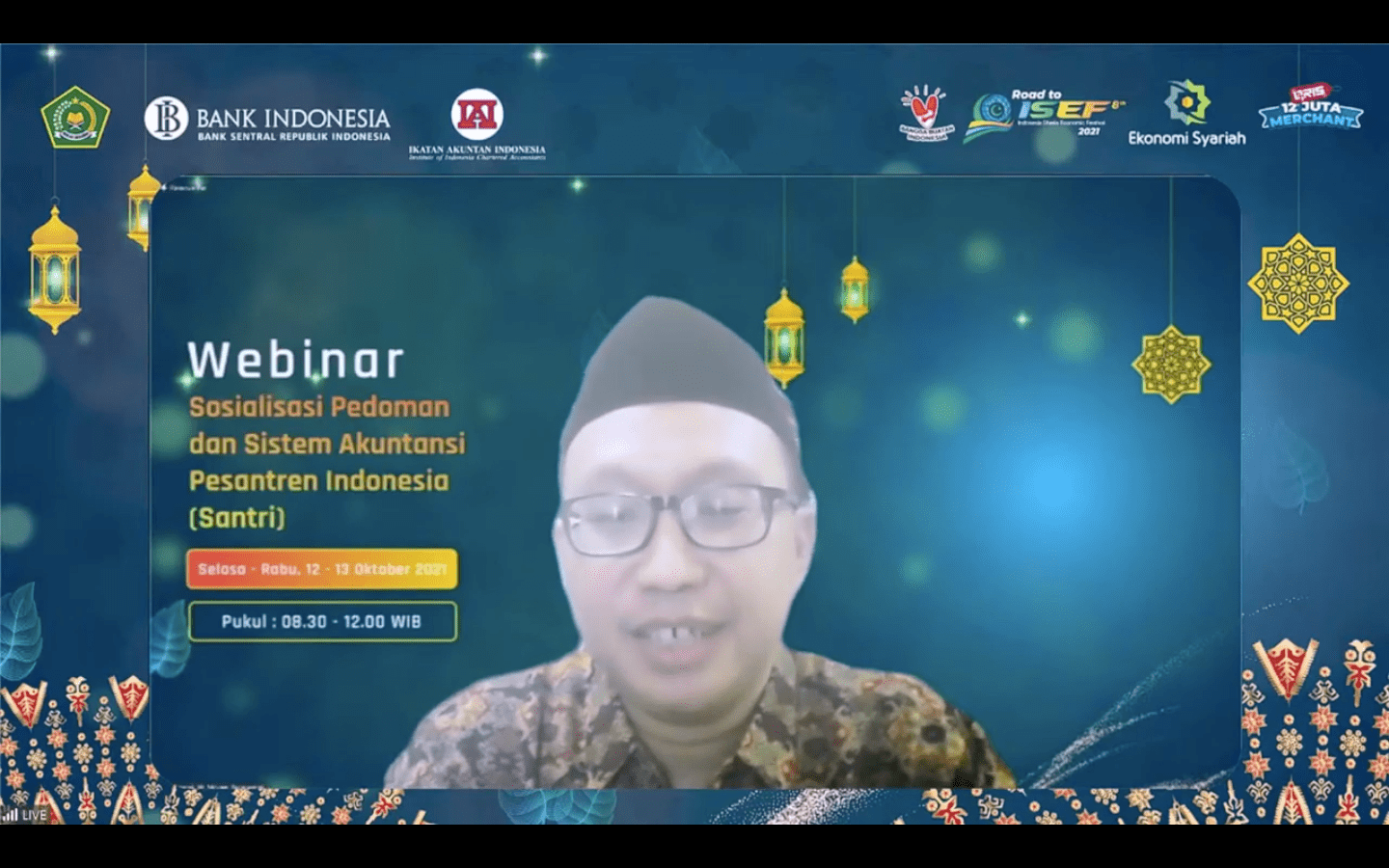Islamic banking and finance have become an alternative for society due to the level of commercialization and the use of higher interest rates by conventional banks and financial institutions. The existence of developments in Islamic institutions encourages academics to conduct research on the existence and development of sharia banking and finance.
The growth of sharia banking literature has increased manifold since 1983. A total of 2,874 documents have been indexed by Scopus. In recent years, the development of research related to Islamic finance, including the Islamic stock market and Islamic microfinance, has increased significantly. Therefore, we conducted 3 projects to track and identify developments in the literature over time to help trend research and determine future research directions.
In Islamic banking, there are many major themes taken up in research, namely Risk and Regulation of Sharia Banking, Stability of Sharia and Conventional Banks, Corporate Governance, Sharia Banking Paradigm, and Sharia Bank Efficiency. From what we know, there are several popular articles cited. The three articles discuss the differences between Islamic banking and conventional banking from different perspectives.
The most cited articles discuss the differences between Islamic banking and conventional banking in terms of business orientation, efficiency, asset quality and stability. This article was cited 498 times. It is hoped that this Islamic banking research can adapt or find a new approach that is more precise and accurate. It is important to find unique, high-quality data sets that reveal implications for conventional financial research.
Then on the sharia stock market side, there are 4 sub-themes taken which consist of the relationship between sharia stocks and conventional markets and commodities in crisis, standard sharia screening criteria, sharia stock performance, and the correlation between the sharia stock market and macroeconomic variables. The most cited article is entitled: "Risk and Return Characteristics of Islamic Equity Funds". This article was cited 149 times. The number is not much different from the second largest article which was cited 143 times entitled: "Investigation of Performance of Malaysian Islamic Unit Trust Funds: Comparison with Conventional Unit Trust Fund". It is hoped that future research will discuss various Islamic stock index data at the sectoral level as differences in the sectoral level behavior of Islamic stocks and involve scholars from various countries to reveal strong research results that represent a comprehensive global perspective.
Furthermore, on the sharia microfinance side, the popular discussions taken consist of 8 sub-themes. Such as products and costs, efficiency, development, etc. The article with the highest number of quotes is entitled: "Social and financial efficiency of Islamic microfinance institutions: A Data Envelopment Analysis application".
Further research is expected to involve Baitul Mal and other commercial organizations at the government level to establish sharia microfinance institutions as well as a supervisory role in sharia microfinance which ensures that finance is being used effectively and payments are on time.
























